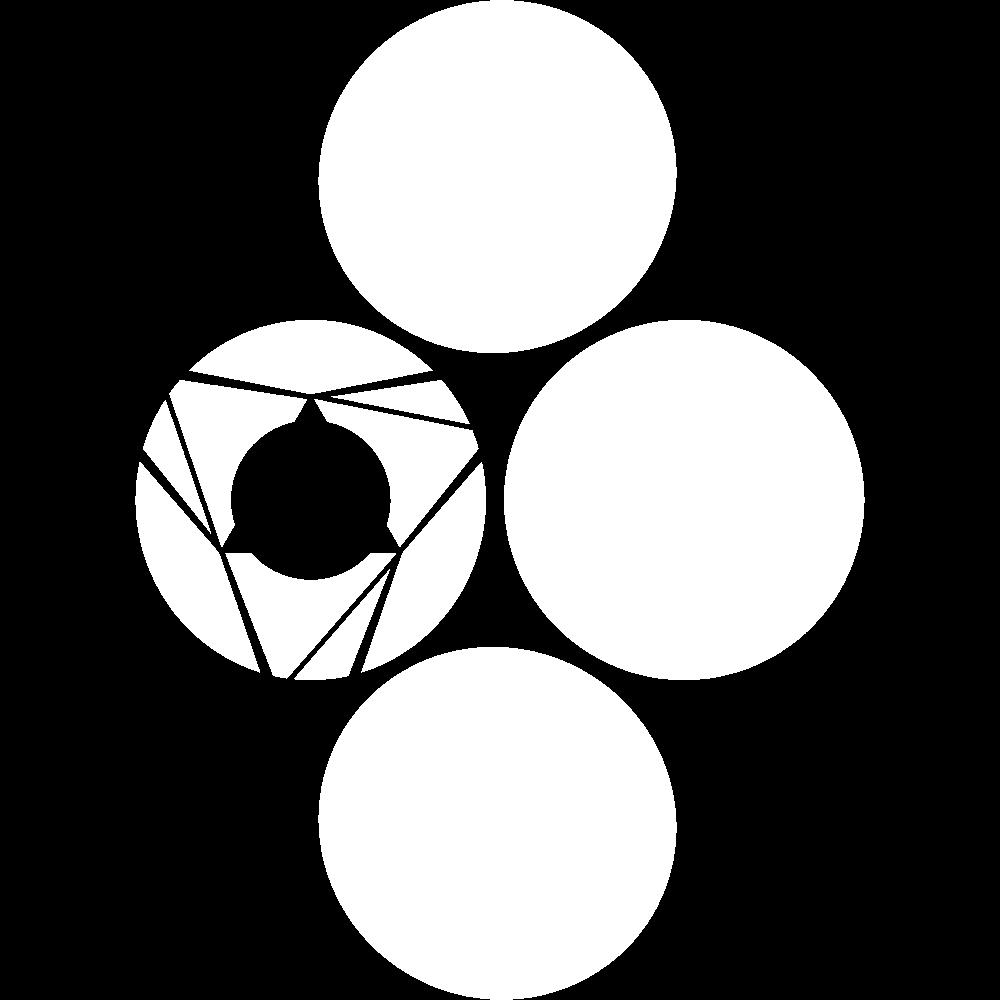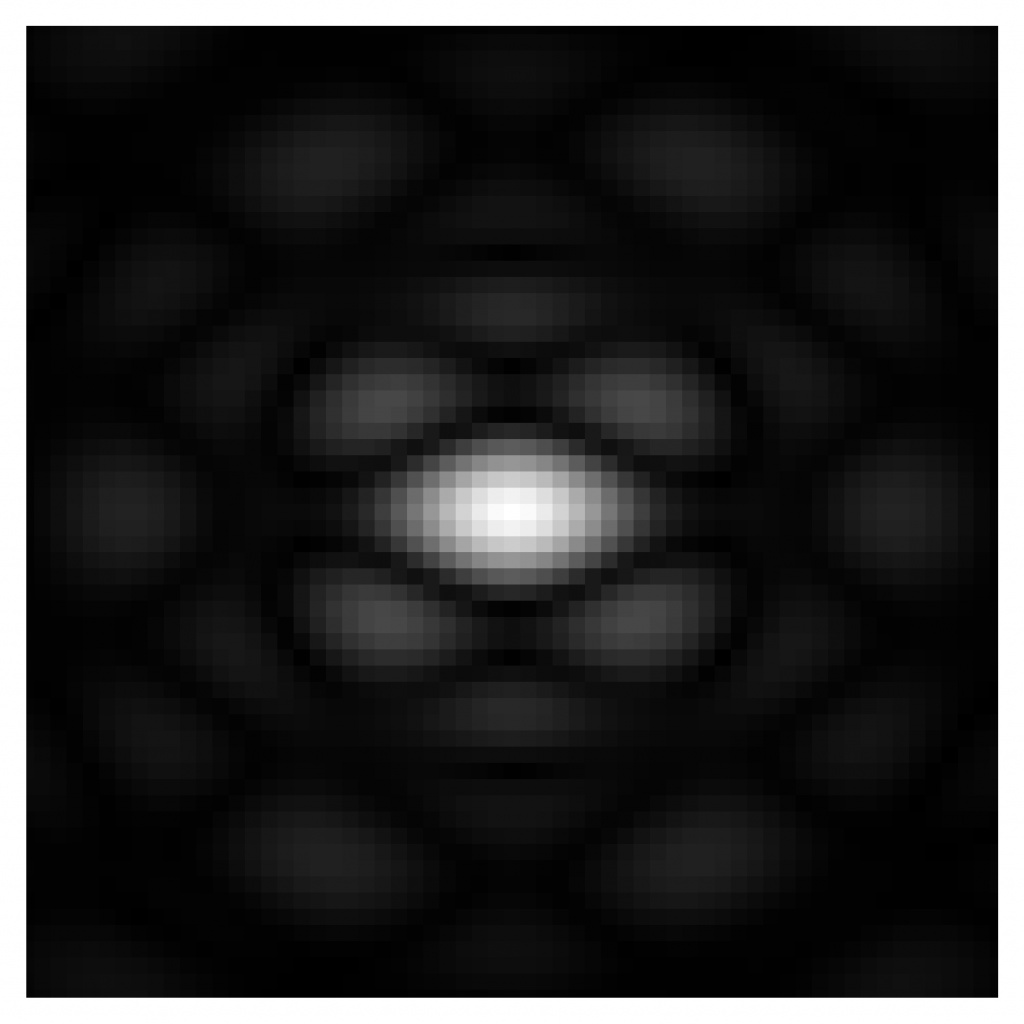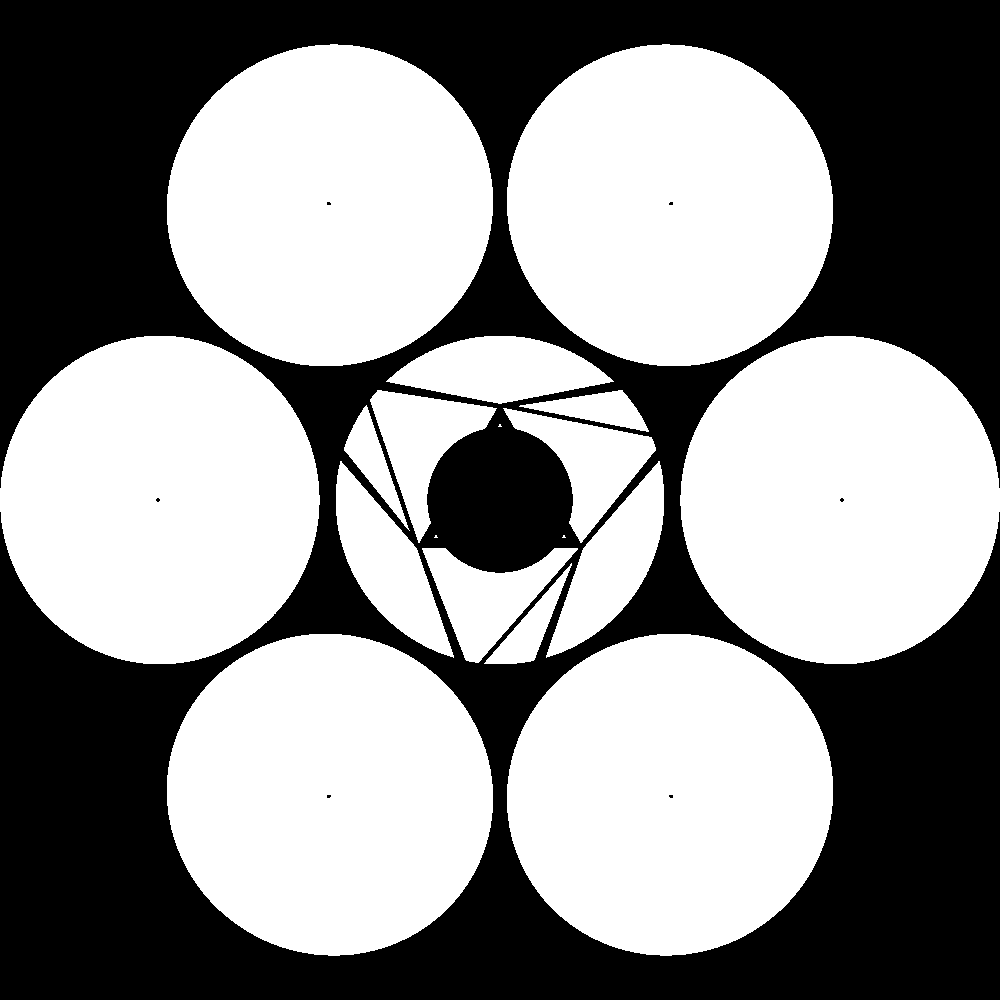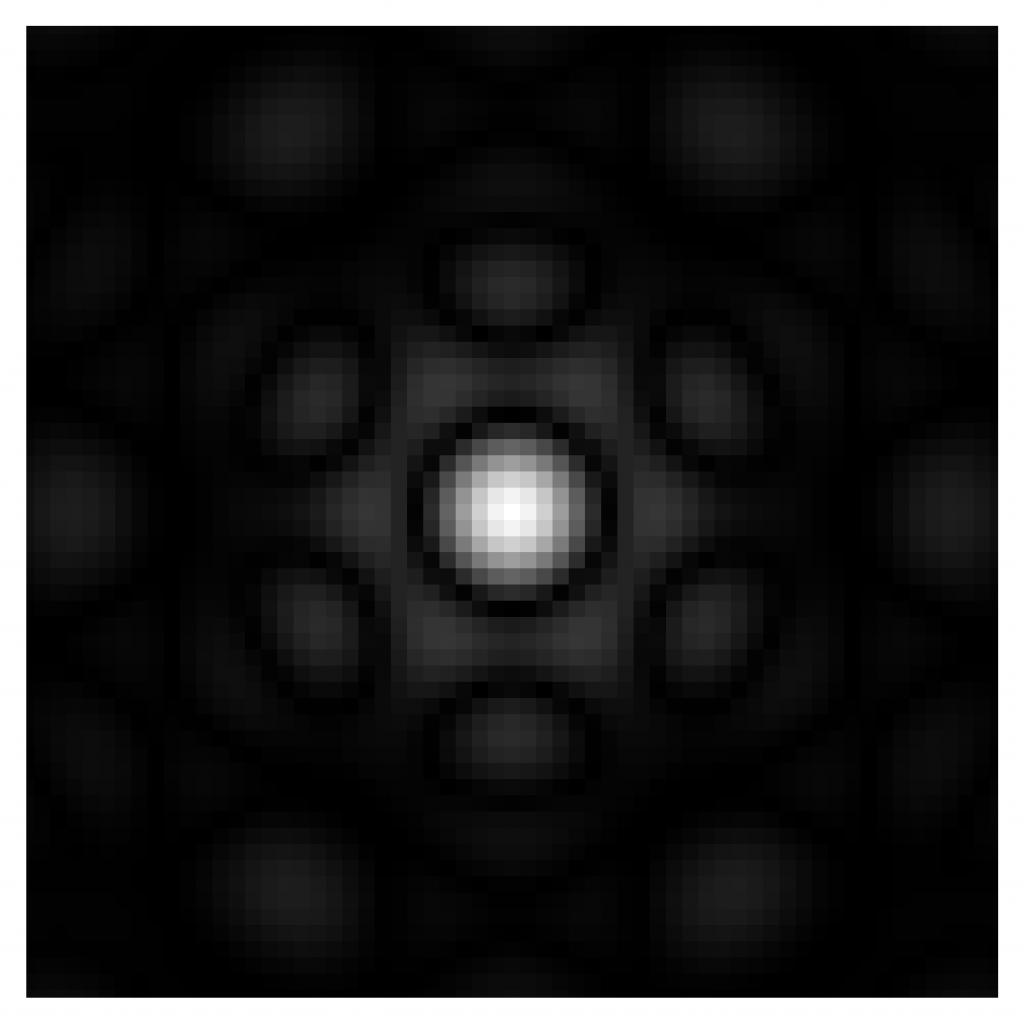Tonight was supposed to be MagAO-X’s third night on sky with the Magellan Clay telescope in Chile, but due to the pandemic, MagAO-X is still sitting in the lab in Tucson. It’s sad that we haven’t been to Chile since 2019, but we have been making the most of the time that we do have with MagAO-X in the lab. In fact, we have even started to use MagAO-X on a different telescope! …sort of.
Meet the Giant Magellan Telescope (GMT) simulator, otherwise known as the “High Contrast Adaptive Optics Testbed” (HCAT). This testbed sits in the room next-door to MagAO-X, and its job is to trick MagAO-X into thinking that it is actually observing at the Giant Magellan Telescope.
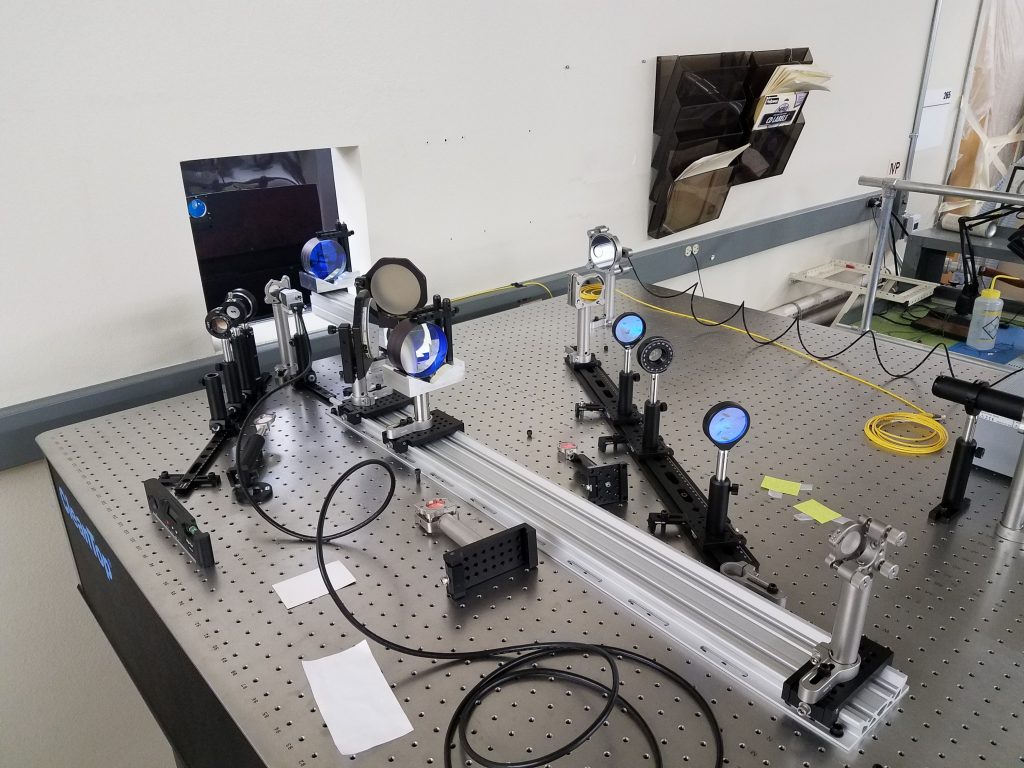
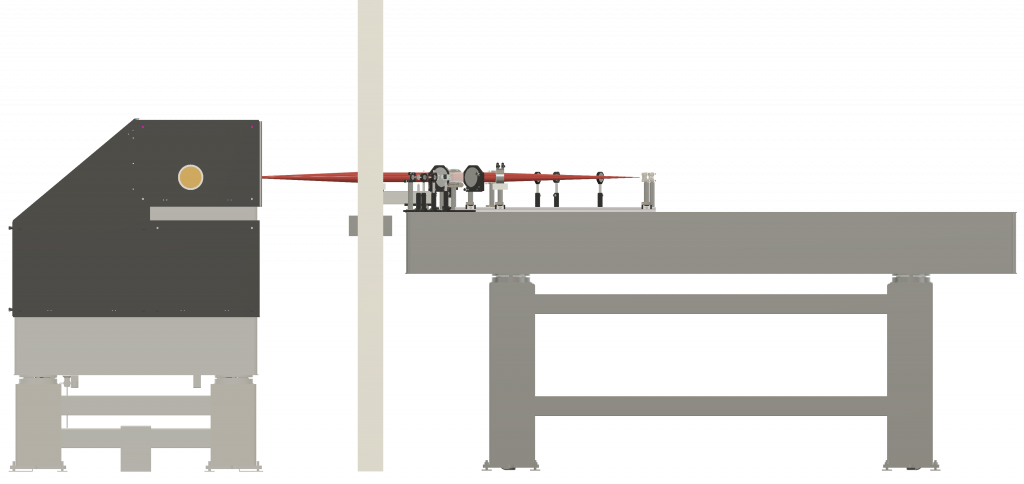
The purpose of HCAT is to test things for the GMT, hence why it is called a “testbed.” Specifically, we want to see if an extreme adaptive optics instrument like MagAO-X would work with the GMT and its unique seven mirror design.
We have been working hard over the past several months to build and align the GMT simulator with MagAO-X, and just this week we have finally achieved the first closed-loop experiment with MagAO-X! Below is a video of our first closed loop experiment:
In the video shown above, you can see the image go from a blurry mess (because of simulated turbulence) to a corrected image (thanks to the adaptive optics system). But the corrected image may look a little strange to some. This is because the GMT simulator pupil is actually only four GMT segments instead of seven. So the result is a strange, asymmetric-looking image. Below is a simulation of what the image of a star looks like for our 4-segment GMT simulator versus the actual 7-segment GMT. We use these simulated images as a reference to know what we are looking for.
This was a huge step for the GMT because now we have a real GMT extreme adaptive optics simulator working in the lab. We will start to do some really cool experiments with piston sensing and AO control over the next couple of years which will be crucial for the success of the GMT and the search for life in extraterrestrial solar systems with GMagAO-X.
